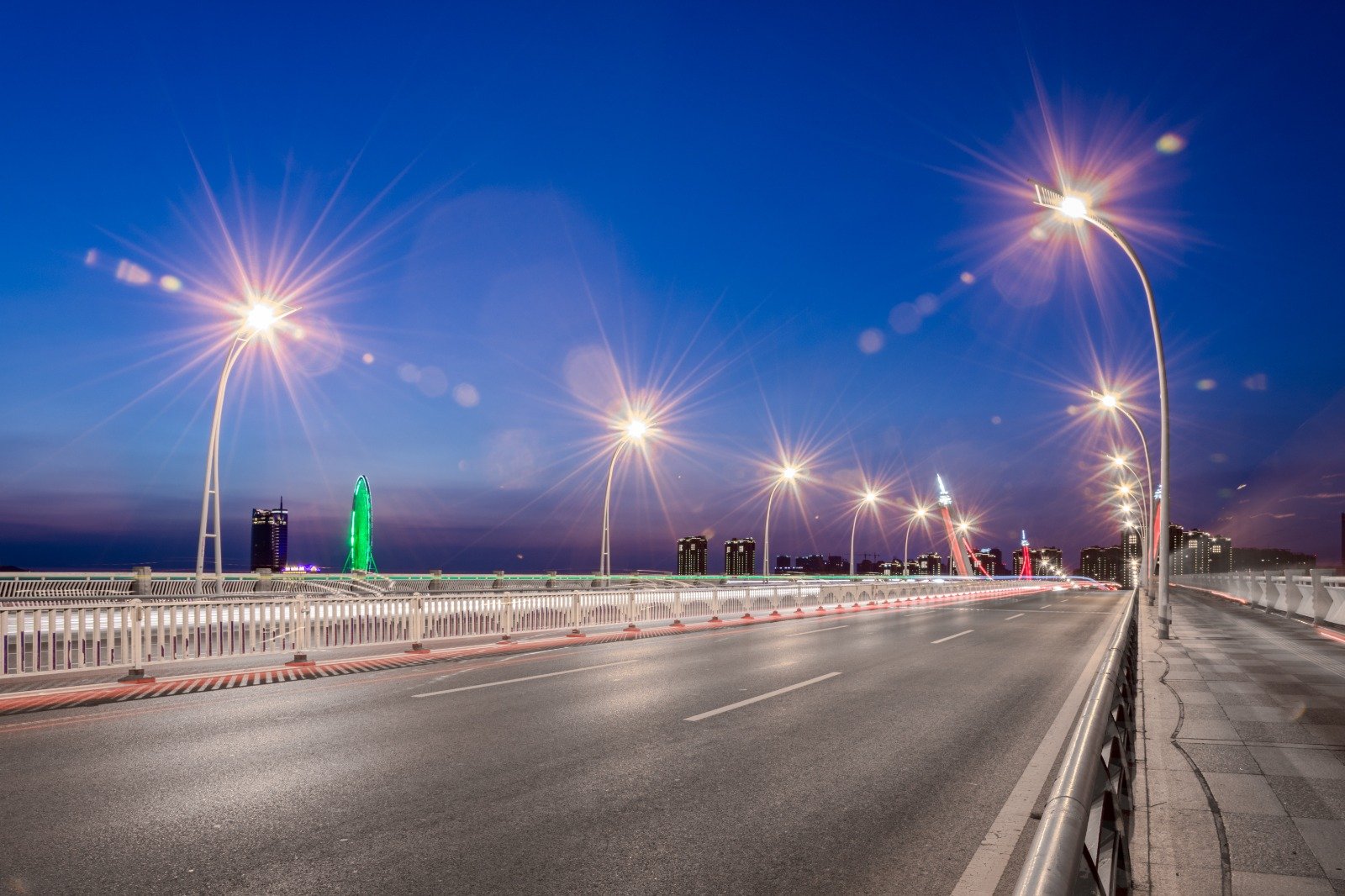Blog
Why India’s LED revolution is a case study in energy market transformation

The story on India’s LED transformation isn’t just about the scale and direct impacts of UJALA. The lesson to harvest is how well-timed government interventions on clean energy technologies can trigger broader market transformations.
India’s initiative on light- emitting diodes, or LEDs as they are popularly known, illustrates how the adoption of clean energy technologies can be highly transformative – creating benefits far beyond emissions reductions. There is a lesson in it for policymakers and advocates, and an opportunity for India to establish global leadership in this segment.
India’s lesson
A large-scale transition to LED lighting is a sensible idea. LEDs consume up to 60% less electricity than fluorescent lights and can last three times longer, thus delivering significant cost savings for consumers, while simultaneously offering a critical solution for carbon-dioxide (CO2) emissions reductions. But sensible ideas don’t always light up on their own without a spark.
For India, that spark came on January 2015 in the form of well-timed government intervention when Prime Minister Modi launched the Unnat Jyoti by Affordable LEDs for All program (UJALA), a program aimed at transitioning all household lights to LED. Energy Efficiency Services Limited (EESL), a public sector enterprise, implemented the program, aggregating demand and procuring in bulk to reduce the cost of LED bulbs. It provided consumers with the option to pay for their lights through installments on their electricity bills.
UJALA went on to become the largest lighting program in the world. By June 2023, the program had distributed approximately 368 million LED bulbs and tube lights, avoiding 38 million tons of CO 2 per year and saving consumers INR 192 billion in electricity costs, EESL reports. UJALA spawned several other large programs, including the Street Lighting National Programme (SLNP), the second largest streetlight replacement program in the world.
Related Posts
World’s first combined AC, DC charging connector approved in India: How it helps EV users
-
Posted by
componentcart
- 0 comments
Domestic manufacturing of premium lighting products may double in 3 yrs
-
Posted by
componentcart
When it’s about controlling hundreds of articles, product pages for web shops, or user profiles in social networks, all



